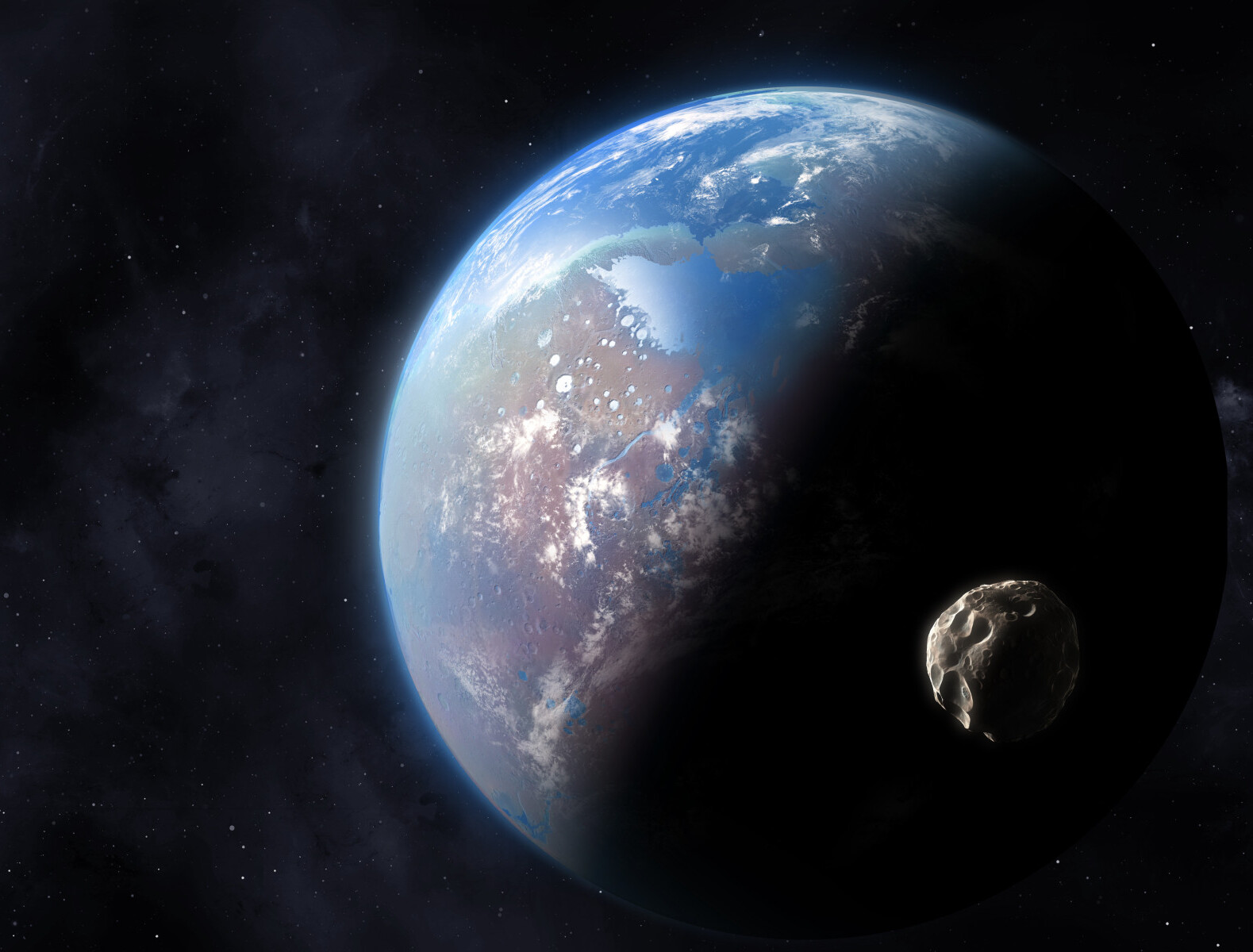
Comparative planetology is the study of planets by comparing their properties and processes. Why is comparative planetology important? It helps scientists understand the formation and evolution of planets, including Earth. By examining similarities and differences among planets, researchers can uncover clues about their atmospheres, surfaces, and internal structures. This field also aids in identifying potential habitable worlds beyond our solar system. Key aspects include studying planetary geology, atmospheres, and magnetic fields. Comparing planets like Mars, Venus, and Earth provides insights into climate change, geological activity, and potential for life. Understanding these factors is crucial for future space exploration and protecting our own planet.
What is Comparative Planetology?
Comparative planetology is the study of planets by comparing their physical and chemical properties. This field helps scientists understand the formation, evolution, and current state of planets within our solar system and beyond. Let's dive into some fascinating facts about this intriguing field.
-
Comparative planetology examines planets, moons, and other celestial bodies to find similarities and differences.
-
This field helps scientists understand Earth's place in the universe by comparing it to other planets.
-
By studying other planets, scientists can learn about Earth's past and future.
Key Techniques in Comparative Planetology
Scientists use various techniques to gather data and make comparisons. These methods provide insights into planetary processes and characteristics.
-
Telescopes, both ground-based and space-based, are essential tools for observing planets.
-
Space missions, like those by NASA and ESA, send probes to gather detailed data from other planets.
-
Spectroscopy analyzes the light from planets to determine their composition.
Comparative Planetology and the Solar System
Our solar system offers a diverse range of planets and moons, each with unique features. Studying these bodies provides valuable information about planetary formation and evolution.
-
Mercury's extreme temperatures and lack of atmosphere make it a fascinating subject for comparative studies.
-
Venus, with its thick atmosphere and runaway greenhouse effect, offers insights into climate change.
-
Earth's geological activity and liquid water make it unique among known planets.
-
Mars, with its dry, dusty surface and evidence of past water, is a key focus for understanding planetary habitability.
-
Jupiter's massive size and powerful magnetic field influence its many moons, each with distinct characteristics.
-
Saturn's rings and diverse moons, like Titan and Enceladus, provide clues about planetary ring systems and potential habitability.
-
Uranus and Neptune, the ice giants, have unique atmospheres and magnetic fields that challenge our understanding of planetary dynamics.
Exoplanets and Comparative Planetology
Exoplanets, or planets outside our solar system, expand the scope of comparative planetology. Studying these distant worlds helps scientists understand the diversity of planetary systems.
-
The Kepler Space Telescope has discovered thousands of exoplanets, many of which are Earth-sized.
-
Some exoplanets are in the habitable zone, where conditions might support liquid water.
-
Hot Jupiters, gas giants that orbit close to their stars, challenge our understanding of planetary formation.
-
Super-Earths, larger than Earth but smaller than Neptune, offer a new category of planets to study.
Comparative Planetology and Habitability
Understanding what makes a planet habitable is a key goal of comparative planetology. By studying different planets, scientists can identify the conditions necessary for life.
-
Liquid water is considered essential for life, making it a primary focus in the search for habitable planets.
-
A stable atmosphere protects a planet from harmful radiation and helps maintain surface conditions suitable for life.
-
Plate tectonics, which recycle nutrients and regulate climate, may be crucial for long-term habitability.
-
Magnetic fields protect planets from solar and cosmic radiation, which can strip away atmospheres.
The Future of Comparative Planetology
As technology advances, the field of comparative planetology will continue to grow. New missions and discoveries will provide even more data to compare and analyze.
-
The James Webb Space Telescope will offer unprecedented views of distant planets and their atmospheres.
-
Upcoming missions to Mars, like the Mars Sample Return, will bring back samples for detailed analysis.
-
The study of ocean worlds, like Europa and Enceladus, may reveal potential habitats for life beyond Earth.
-
Advances in computer modeling will allow scientists to simulate planetary processes with greater accuracy.
-
Collaboration between international space agencies will enhance our understanding of planets and their potential for habitability.
The Final Frontier
Comparative planetology opens up a world of knowledge about our solar system and beyond. By studying different planets, we gain insights into Earth's past, present, and future. This field helps us understand planetary formation, climate change, and potential for life elsewhere. It’s fascinating how similar processes can lead to such diverse outcomes across planets. From Mars' dusty plains to Jupiter's stormy atmosphere, each planet tells a unique story. This science isn't just about distant worlds; it’s about understanding our own. As we continue exploring, who knows what new discoveries await? The more we learn, the more questions arise, driving our curiosity further. Comparative planetology is a reminder that our quest for knowledge is never-ending. Keep looking up, because the universe has countless secrets left to reveal.
Was this page helpful?
Our commitment to delivering trustworthy and engaging content is at the heart of what we do. Each fact on our site is contributed by real users like you, bringing a wealth of diverse insights and information. To ensure the highest standards of accuracy and reliability, our dedicated editors meticulously review each submission. This process guarantees that the facts we share are not only fascinating but also credible. Trust in our commitment to quality and authenticity as you explore and learn with us.
